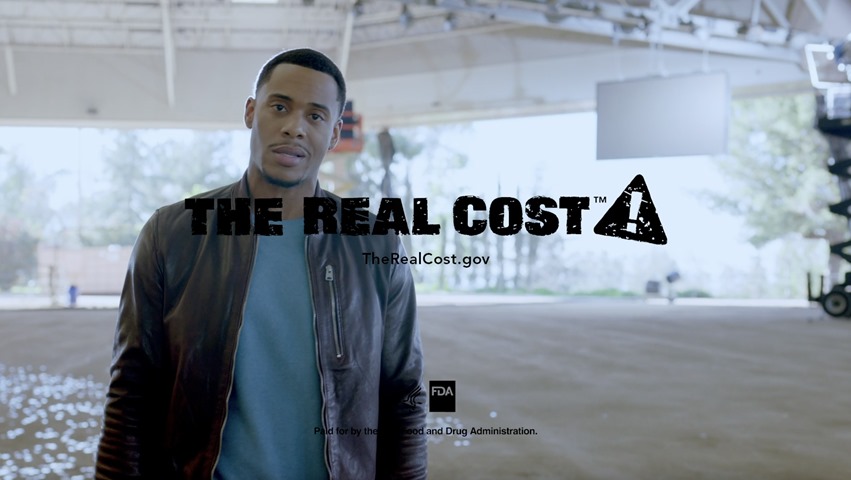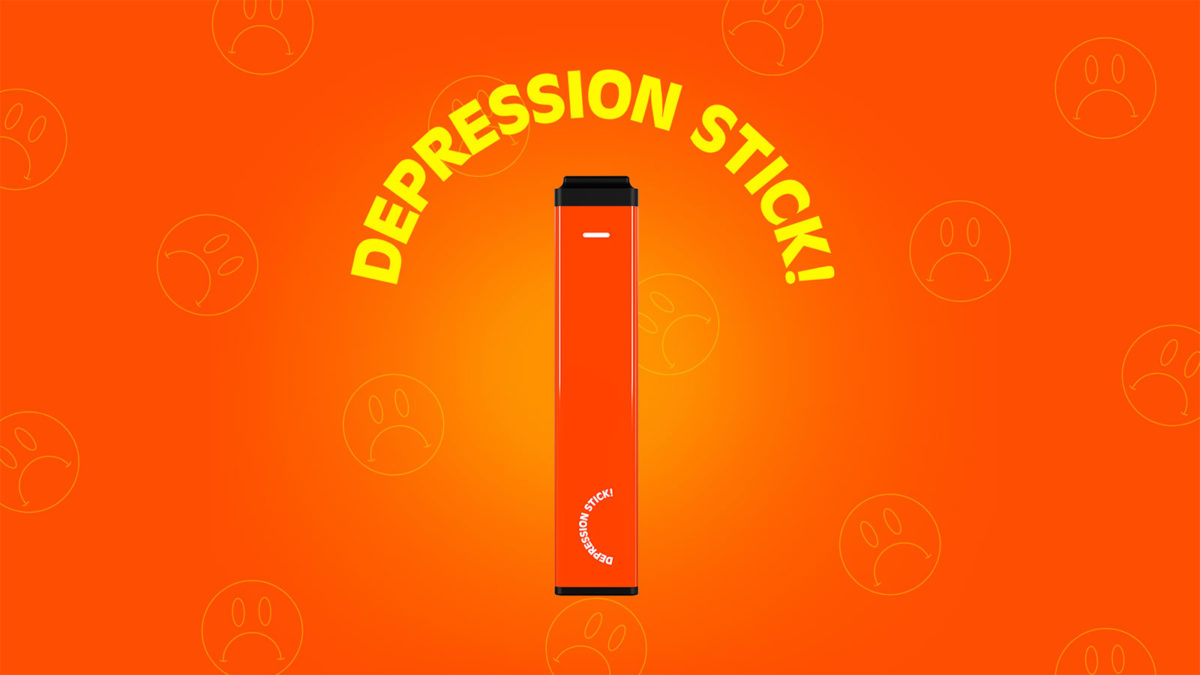If you grew up on cable or had access to any form of social media ever, then you’ve probably heard of or seen an “anti-vape commercial”.
Commercials discussing drug and tobacco use have been around since the 1960s, and these commercials played repetitively over the course of many years to the point where many people even now can remember these commercials word for word.
The majority of these anti-drug commercials have the same story-time layout. Someone is being interviewed, talking about how a certain substance, whether that be tobacco or marijuana, affected them long term.
These commercials tend to be emotionally moving, with a hard backstory leading to a rough outcome, or somehow bringing in the occasional fear factor. These tactics were used to make people fear the long-term effects of substance abuse.
Since then, we’ve switched gears to a society where fewer people are using cigarettes and more people are vaping. The 2020 National Youth Tobacco Survey finds that one in five high school students (19.6%) are using some form of e-cigarette. So, in July of 2019, commercials for anti-vaping began to air on cable tv.
These commercials are created by the FDA with their campaign The Real Cost. Featured on their website is one of their most popular ads, The Facts About Vapes Are Scary Enough | The Real Cost.
The man featured in the commercial starts with, “If you vape, you could be inhaling toxic metals into your lungs,” then the commercial proceeds to show a CGI “metal monster” to demonstrate the amount of metal you would be inhaling, then plays a comedic scream.

The monster begins to chase him and the video turns into what looks to be an action scene. He then closes the commercial with “Vaping can deliver toxic metals like nickel and lead into your lungs.” He then expresses the phrase, “That’s Metal!” but in a more “cool” way rather than the actual message they’re supposed to deliver.
This and many more of these commercials are more just random scenarios giving you very brief and passive facts about nicotine use rather than really diving into the real consequences like commercials in older times did.
Another type of commercial they’ve produced is a “Depression Stick” commercial voiced over by a relaxed woman that is supposed to come off as a “mock” ad for a real vape. Using the slogan, “It’s a Breath of Stress Air”, these commercials mention the mental consequences of vaping like depression and anxiety. However, the whole “ironic” approach has created a humorous or almost unserious stigma around the effects of nicotine usage.
Truth Initiative is another example of an anti-vaping organization, which similar to The Real Cost also uses a form of irony.
On their website in the section “How did we get here?” it reads, “We are *not* funded by Big Tobacco, no matter what your friend’s cousin told you. Barrett got some bad information, or made an assumption, and you know what they say about assumptions. (They belong on Reddit and Reddit alone.)”
So if it wasn’t obvious, the Truth Initiative is very unserious and very misleading to any audience. So why do all of these commercials have such a nonchalant approach to such a serious topic?
These companies are creating these advertisements just for the “campaign of it”. And here’s why:
The website, www.FDA.gov, explains how the FDA is funded: “To support its public health activities, the FDA relies on annual funding that Congress provides for the agency, user fees paid by industries that make and market FDA-regulated products, and user fees paid by certain other entities.”
So basically, companies have to give money to the FDA if they sell products that the FDA would need to “approve” like tobacco, cosmetics, and certain electronic products that emit radiation. It seems to show that they are using money made off tobacco to go against tobacco, which means that these ads would not be created without people’s purchase of tobacco.
So to tie it all together, the reason these commercials are so unspecific and off-putting when explaining the real health effects of nicotine use is so that people get an “It can’t be that bad vibe” from these products. Putting the idea in young people’s minds that vaping has these small and insignificant effects can most likely encourage people to try it if they’re ever offered it.
To conclude, yes, these commercials are spreading a positive message telling teens and young adults to “say no” to nicotine, but no, they are not providing enough additional information to give a full understanding of the real effects of nicotine products on your health. It is possibly because they want people to purchase these products thinking they must be “better than cigarettes”, that way they have an infinite cycle of income.







